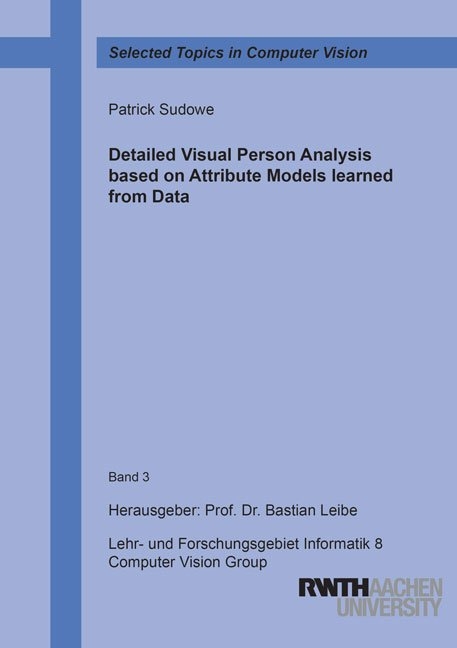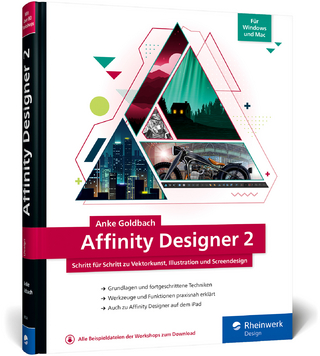Detailed Visual Person Analysis based on Attribute Models learned from Data
Seiten
- Keine Verlagsinformationen verfügbar
- Artikel merken
This thesis approaches the problem of detailed person analysis through attribute recognition. The motivation for the attributes is that they can serve as a flexible and accessible intermediate representation of detailed information on persons. Potential applications that can directly leverage the information encoded by the attributes include autonomously operating robots and intelligent vehicles. Following the needs of such practical applications, we view the detailed analysis task in terms of a two phase pipeline: localization followed by attribute recognition.
This thesis presents contributions to both phases. We evaluate the effects of geometric scene constraints which were shown to improve detector efficiency and precision. Then we turn to the attribute recognition problem. Here, we propose a lean model - the Attribute Classification Network (ACN) - a deep convolutional neural network. The proposed model achieves a surprisingly good performance compared to more complex state-of-the-art methods. The ACN learning problem originally makes use of an externally provided weight initialization. The limitations implied by this procedure motivate us to consider the question of data-dependent initialization. This results in our self-supervised PatchTask which we experimentally explore and quantitatively evaluate in the final chapter of this thesis.
While the contributions in this thesis arise from work on the attribute recognition task, some contributions, such as the self-supervised PatchTask, may also be of broader interest.
This thesis presents contributions to both phases. We evaluate the effects of geometric scene constraints which were shown to improve detector efficiency and precision. Then we turn to the attribute recognition problem. Here, we propose a lean model - the Attribute Classification Network (ACN) - a deep convolutional neural network. The proposed model achieves a surprisingly good performance compared to more complex state-of-the-art methods. The ACN learning problem originally makes use of an externally provided weight initialization. The limitations implied by this procedure motivate us to consider the question of data-dependent initialization. This results in our self-supervised PatchTask which we experimentally explore and quantitatively evaluate in the final chapter of this thesis.
While the contributions in this thesis arise from work on the attribute recognition task, some contributions, such as the self-supervised PatchTask, may also be of broader interest.
| Erscheinungsdatum | 21.07.2017 |
|---|---|
| Reihe/Serie | Selected Topics in Computer Vision ; 3 |
| Verlagsort | Aachen |
| Sprache | englisch |
| Maße | 148 x 210 mm |
| Gewicht | 200 g |
| Einbandart | geklebt |
| Themenwelt | Mathematik / Informatik ► Informatik ► Grafik / Design |
| Schlagworte | computer vision • Deep learning • machine learning |
| ISBN-10 | 3-8440-5374-3 / 3844053743 |
| ISBN-13 | 978-3-8440-5374-6 / 9783844053746 |
| Zustand | Neuware |
| Haben Sie eine Frage zum Produkt? |
Mehr entdecken
aus dem Bereich
aus dem Bereich
Schritt für Schritt zu Vektorkunst, Illustration und Screendesign
Buch | Hardcover (2023)
Rheinwerk (Verlag)
39,90 €
Fit für Studium und Ausbildung
Buch | Softcover (2022)
Rheinwerk (Verlag)
24,90 €




